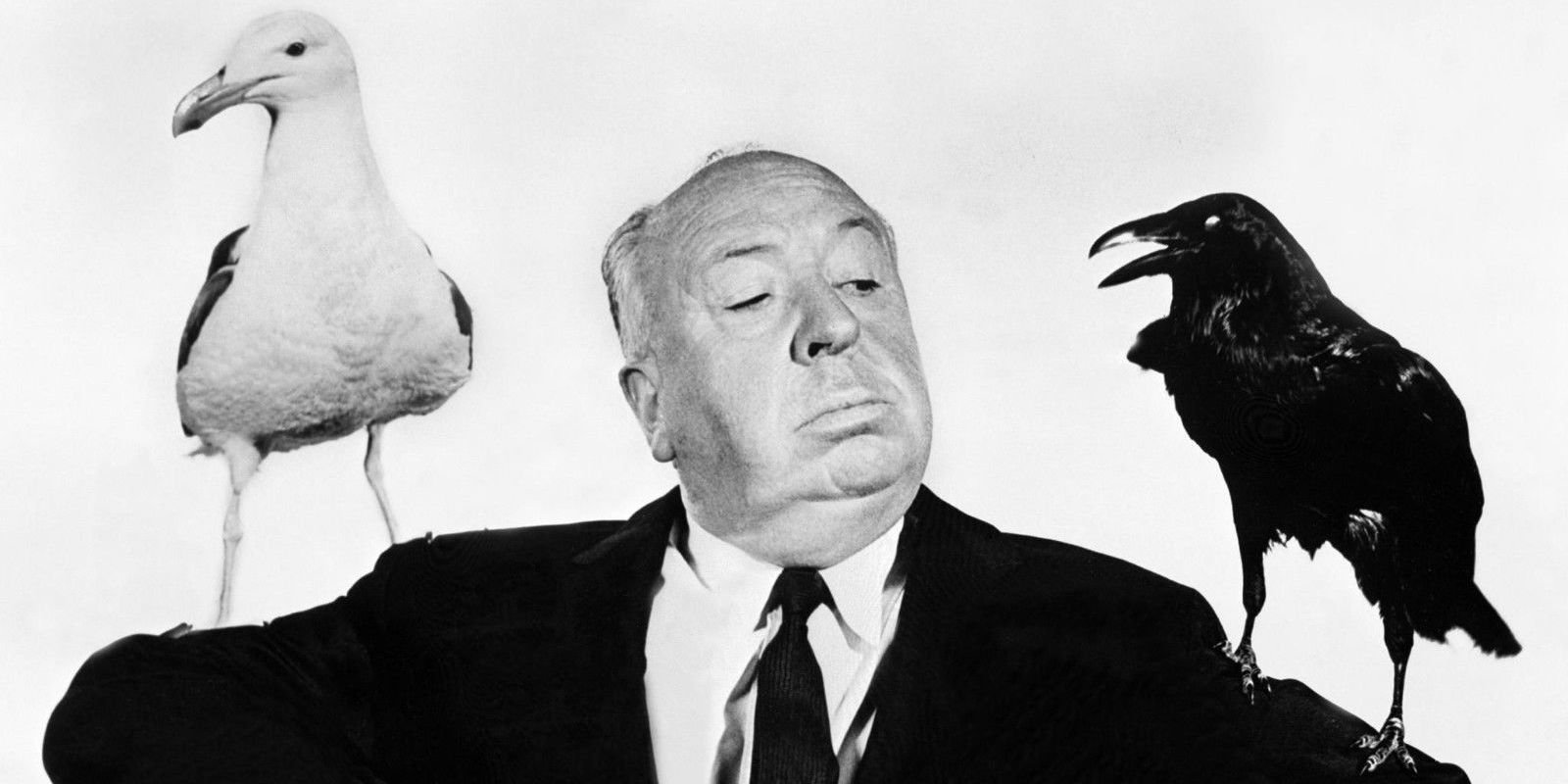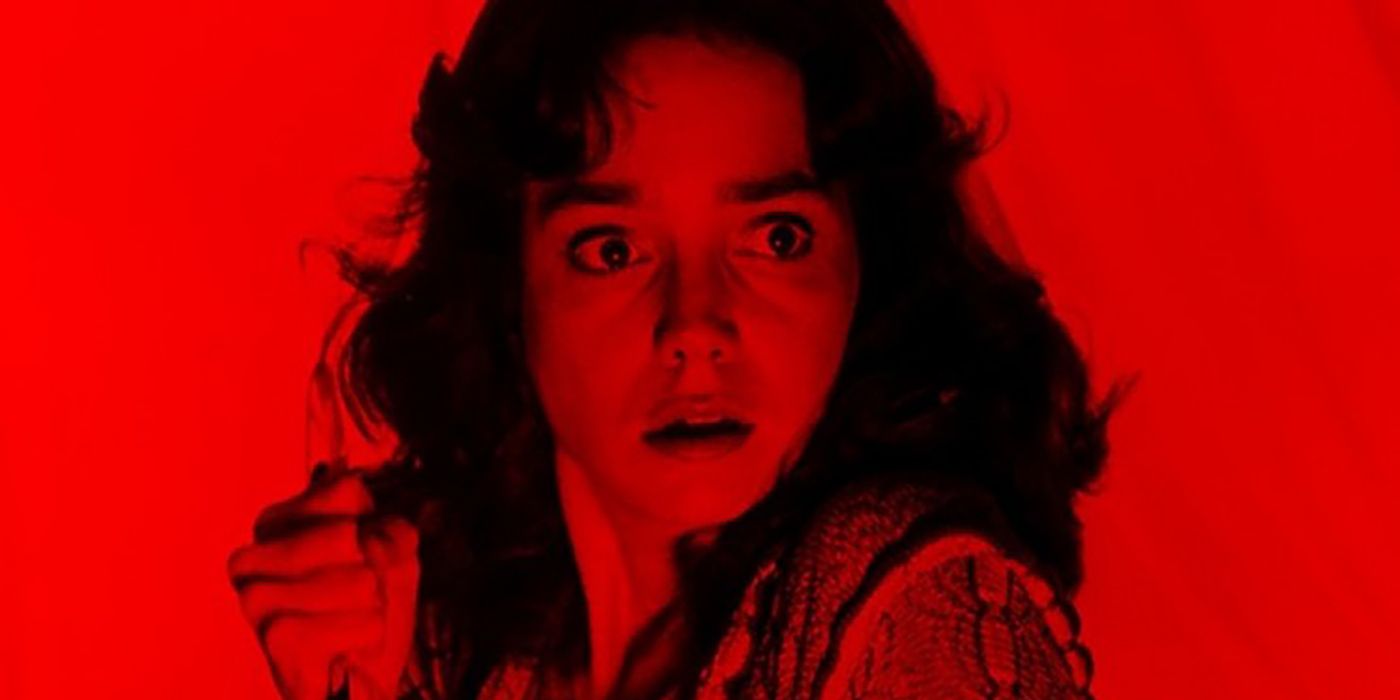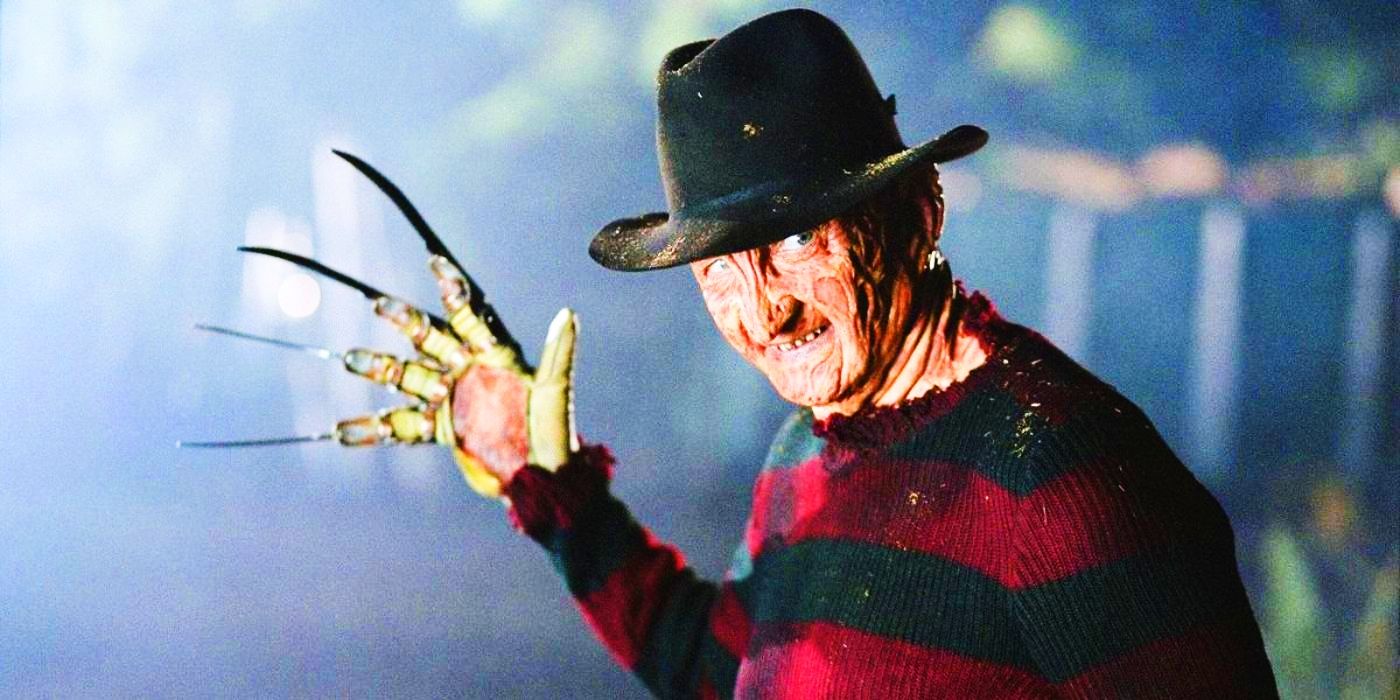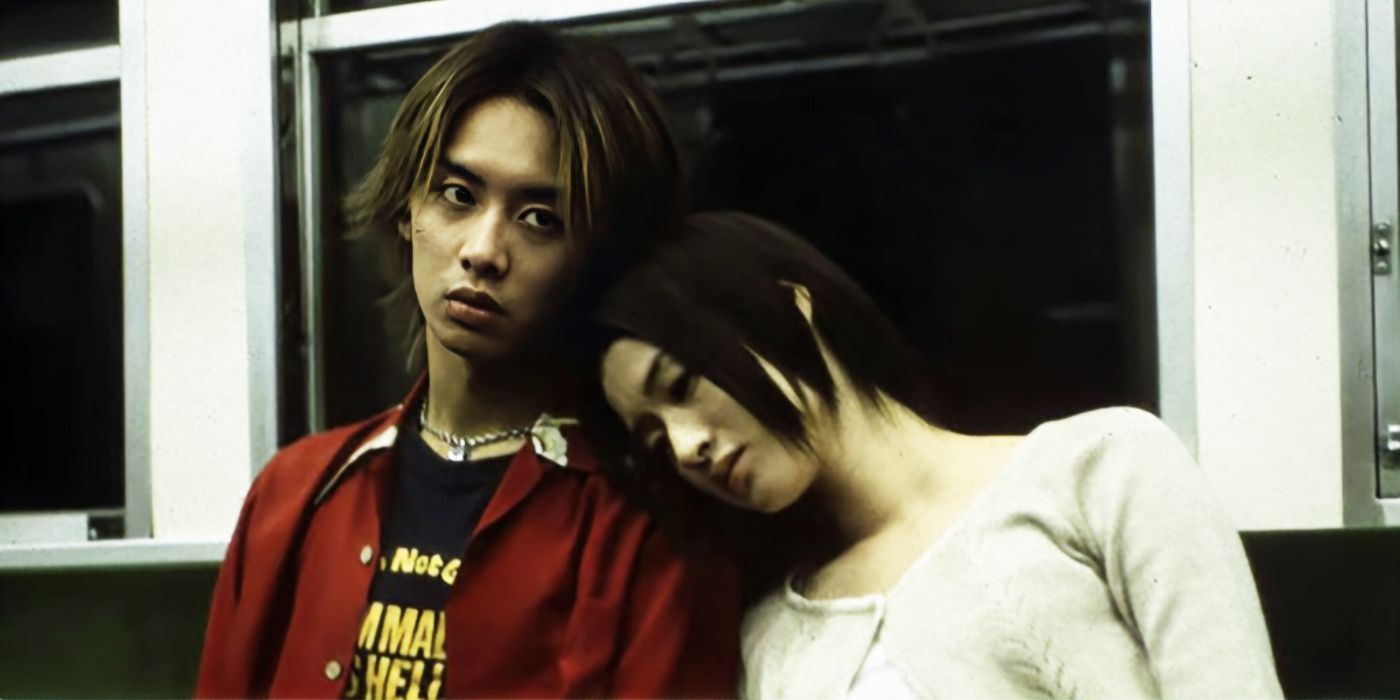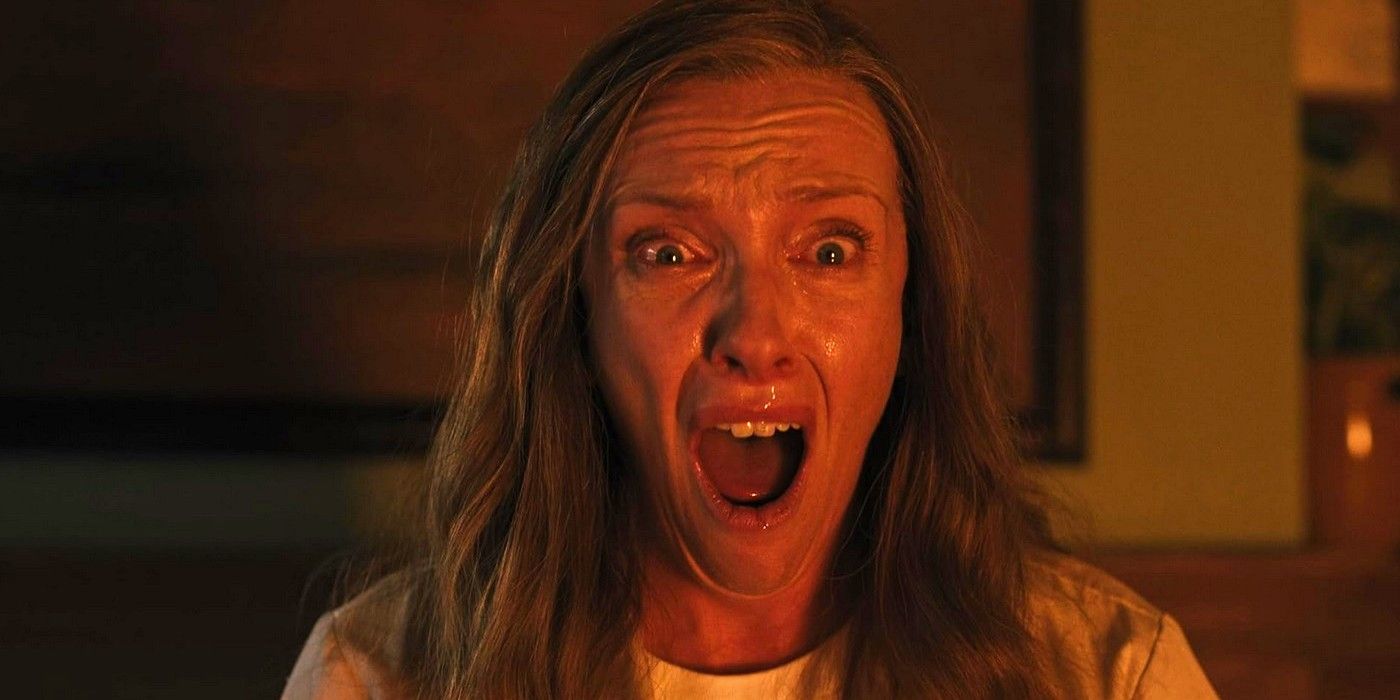Most horror filmmakers are one-hit wonders. They pull off a single intriguing, gnarly idea but then never recapture the magic. Nevertheless, a few manage to tap into something deeper — an atmosphere, a fear, a visual grammar — and never let go. These are the horror genre’s true legends, the filmmakers who expanded the horizons of fear and dread on screen.
Whether they operate in slasher territory, psychological dread, or surreal, slow-burn terror, the following ten directors reshaped what horror looks like, sounds like, and means. They run the gamut from classic figures of the golden age to subversive masters of New Hollywood to rising titans about to carve their names in cinematic history. All of their films crawl under your skin and linger there, creating vivid nightmares whose cold touch remains both in and out of the big screen.
10
Dario Argento
‘Suspiria’ (1977), ‘Deep Red’ (1975), ‘Tenebrae’ (1982), ‘Opera’ (1987)
There’s no mistaking a Dario Argento film. The colors bleed, the camera glides like a phantom, and the soundtracks (often by Goblin) pulse with nightmarish energy. His brand of horror is often described as “dream logic,” but that undersells how vivid, tactile, and unshakably strange his movies are. Suspiria is the obvious high point, a neon-soaked ballet of witches, glass, and gore, but Deep Red and Tenebrae are just as haunting, each filled with murder sequences staged like violent dances.
With these movies, Argento brought the giallo from niche genre to avant-garde art form. In the best of them, he fused mystery, surrealism, and sadism into something hypnotic. There’s often a thematic undercurrent too—ideas about femininity, madness, and artistic obsession—but you don’t watch Argento for tidy messages. You watch to be immersed, overwhelmed, and slightly disoriented. Even his flawed films often feature sequences more imaginative than most directors manage in a lifetime.
9
Wes Craven
‘A Nightmare on Elm Street’ (1984), ‘Scream’ (1996), ‘The Hills Have Eyes’ (1977)
Wes Craven had a rare talent: he understood the horror audience and how to continually surprise them. His films often zero in on the fears buried in our social structures: suburbia, adolescence, even the act of watching horror itself. Impressively, Craven pulled off not one but two big innovations for slasher movies. 1984’s A Nightmare on Elm Street gave the genre one of its most original monsters, while 1996’s Scream flipped it on its head without ever losing its sense of menace. Both were genre revolutions, offering fresh spins while still delivering pure scares.
In other words, Craven didn’t just ride horror trends, but created them. His early movies like The Last House on the Left and The Hills Have Eyes were confrontational, rough-edged, and politically charged. Later, he became a master of self-aware horror, showing just how intelligent the genre could be. Across decades, Craven’s work remained unpredictable, sharp, and uniquely personal, yet still crowd-pleasing.
8
Tobe Hooper
‘The Texas Chain Saw Massacre’ (1974), ‘Poltergeist’ (1982), ‘Lifeforce’ (1985)
Tobe Hooper directed one of the rawest, disturbing, and influential horror films ever made, and he did it on a shoestring budget with almost no blood. The Texas Chain Saw Massacre is less a movie than an ordeal. Its violence is mostly implied, but its impact is total. It smells like sweat, rust, and rot. The chaotic energy and grainy aesthetic make it feel like a snuff film captured by accident, which only deepens its impact. It’s easily one of the most emblematic horrors of the early ’70s.
But this was only the beginning. After Texas Chainsaw, Hooper explored more surreal territory, like the gory space-vampire chaos of Lifeforce or the carnival terror of The Funhouse. Even Poltergeist, often mistakenly credited solely to Spielberg, bears Hooper’s signature unease and narrative disarray. Overall, Hooper was a filmmaker who embraced discomfort, both onscreen and off. Most brutal slasher antagonists and defiant “final girls” draw from his ideas.
7
Kiyoshi Kurosawa
‘Pulse’ (1988), ‘Cure’ (1997), ‘Creepy’ (2016), ‘Daguerrotype’ (2016)
Kiyoshi Kurosawa crafts horror with the slow, steady chill of a cold wind moving through a hallway. His films aren’t built for jump scares, instead unfolding like psychological puzzles, disintegrating gradually into dread. Pulse is his most famous work, a ghost story filtered through early-internet alienation. But Cure may be his masterpiece: a quiet detective story that becomes a meditation on suggestion, violence, and spiritual decay. It implies that evil is like a virus transferred between people. By engaging with these ideas in the way it did, the grim little movie helped to kick off the J-horror boom in the late ’90s and early 2000s.
Put another way, Kurosawa’s horror is patient, mournful, and deeply existential. His use of long takes, eerie silences, and emotionally numb characters gives his films an almost trance-like quality. Their protagonists are often disconnected from the world around them. Watching his work feels like remembering a dream you wish you hadn’t had, something uncanny and unresolved. Kurosawa doesn’t shock; he unsettles.
6
Jordan Peele
‘Get Out’ (2017), ‘Us’ (2019), ‘Nope’ (2021)
Oscar winner Jordan Peele didn’t just enter the horror canon; he kicked the door down. Get Out was a revelation: smart, scary, and politically razor-sharp. It remains his finest achievement; a ballsy blend of horror, comedy, and social commentary. It showed horror could still shock, still provoke, and still matter. Us was more surreal and ambitious but less successful, while Nope took on spectacle itself, blurring sci-fi and horror in a new kind of blockbuster. In the process, Peele brought high-concept horror back into the mainstream while still striving for social resonance.
What makes Peele special is his command of tone; he can go from hilarious to horrifying in a single cut. His influences range from Hitchcock to Carpenter to anime, but his voice is distinct and fresh. Peele understands that horror is a mirror for culture. With just three features, he’s become a generational voice in the genre, and his best work still feels like it’s ahead of him.
5
John Carpenter
‘Halloween’ (1978), ‘The Thing’ (1981), ‘They Live’ (1988), ‘Prince of Darkness’ (1987)
John Carpenter is one of horror’s most versatile visionaries. He gave us the slasher blueprint with Halloween, the ultimate paranoia-fueled creature feature with The Thing, and a biting political fable in They Live. Even his less successful experiments tend to be creative and bold. Prince of Darkness and In the Mouth of Madness delve into Lovecraftian terror, while Escape from New York and The Fog prove he can blend horror with action or gothic mood. Indeed, Carpenter is a true genre chameleon.
His synth scores, clean framing, and precise pacing make his films feel as sleek as they are terrifying. His minimalism often works wonders too: he can turn a slow pan or a simple silhouette into something unforgettable. Carpenter strips stories down to their most primal parts and lets the atmosphere do the heavy lifting. Carpenter’s horror always carries a whiff of cosmic dread—evil isn’t just out there, it’s unstoppable. Even when he works in pulp mode, his control is masterful.
4
George A. Romero
‘Night of the Living Dead’ (1968), ‘Dawn of the Dead’ (1978), ‘Day of the Dead’ (1985)
George A. Romero redefined zombies, and in doing so, redefined horror itself. He took a handful of zombie ideas that had been around for a while and crystallized them into something incredibly effective (and soon endlessly imitated). Night of the Living Dead was politically charged, emotionally bleak, and filmed like a documentary of the end of the world. Each of the zombie films that followed built on the last, layering in critiques of consumerism, militarism, and class.
At their best, Romero’s movies carry deep meaning without losing any of their bite. His vision of the undead was less about monsters and more about the collapse of human systems. Even his lesser-known works like Martin or The Crazies reveal a director fascinated by human nature at its worst and most desperate. Without Romero, modern horror wouldn’t look or think the way it does. His legacy is still shambling through the genre.
3
Robert Eggers
‘The Witch’ (2016), ‘The Lighthouse’ (2019), ‘Nosferatu’ (2024)
Robert Eggers doesn’t make horror for the faint of heart—or the easily bored. His films are immersive historical nightmares filled with archaic language, folkloric fear, and existential doom. The Witch is slow, spare, and deeply unsettling; The Lighthouse is a descent into madness, myth, and masculine tension; The Northman skews more action, but retains that primal ferocity. Then Nosferatu managed to live up to a legend, with Eggers creating a period horror so immersive you can practically smell the salt and smoke.
Eggers builds horror from the ground up, through dialect, texture, and ritual. He’s a craftsman with a clear vision, unafraid to alienate in pursuit of authenticity. Watching his work is like being transported to a world that feels ancient, cursed, and absolutely believable. Eggers makes the past feel more vivid than the present and the supernatural seem like folklore remembered too clearly. In other words, he’s one of the most promising horror auteurs of the 21st century.
2
Ari Aster
‘Hereditary’ (2018), ‘Midsommar’ (2019), ‘Beau Is Afraid’ (2023)
Ari Aster came out of the gate swinging with Hereditary, a grief-soaked family drama that morphs into demonic horror. Then he dropped Midsommar, a breakup movie disguised as a sunlit nightmare, while Beau Is Afraid took things to new, absurdist extremes. Love or hate his work, Aster is impossible to ignore, pushing horror in uncomfortable, operatic directions few others dare to tread. He’s now set to release a Western starring Joaquin Phoenix, suggesting even more experimentation.
What makes his movies stand out is that he directs emotion as much as horror. Aster’s films are grief operas, where pain becomes myth. His style is fittingly crisp, composed, and often cruel. He lingers on suffering but pairs it with a control that feels almost surgical. Aster’s horror is about what we inherit, what we repress, and what happens when those things rise to the surface. His stories are less about fear and more about emotional collapse.
1
Alfred Hitchcock
‘Psycho’ (1960), ‘The Birds’ (1963), ‘Rebecca’ (1940), ‘Frenzy’ (1972)
Alfred Hitchcock didn’t invent horror, but he elevated it to new heights of suspense and sophistication. 1961’s Psycho, in particular, redefined what a horror film could be, narratively, visually, and psychologically. Over his impressive, prolific career, Hitch made paranoia an art form. The Birds is pure anxiety; Rebecca is gothic unease with a romantic core. And Frenzy, often overlooked, is nastier and more brutal than his earlier work, if not as polished.
Hitchcock’s formidable filmography is proof that he understood the mechanics of fear better than almost anyone. He knew how to control perspective, withhold information, and let silence do the screaming. His ability to tap into unconscious fears (of strangers, of guilt, of being watched) gave his work a timeless edge. Hitch was commercially successful in his day, but many critics considered him to be a purveyor of pulp. The intervening decades have proven that wrong; almost every horror filmmaker working today still operates in his long, chilling shadow.
